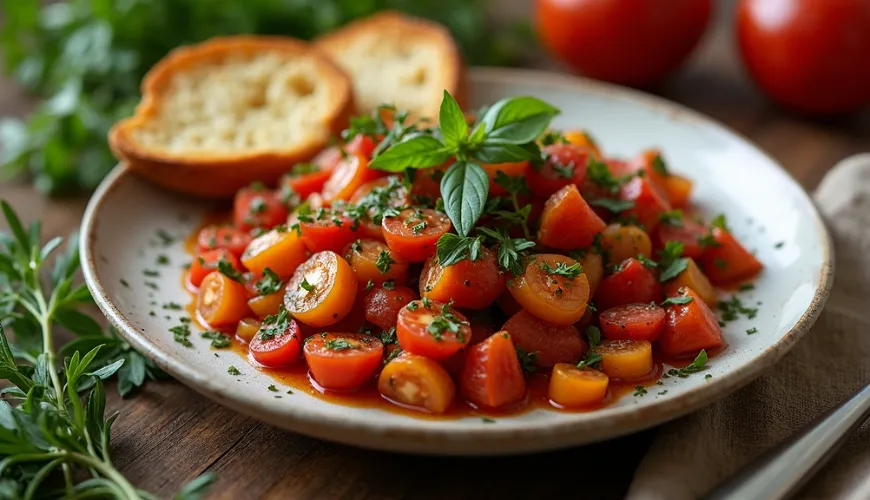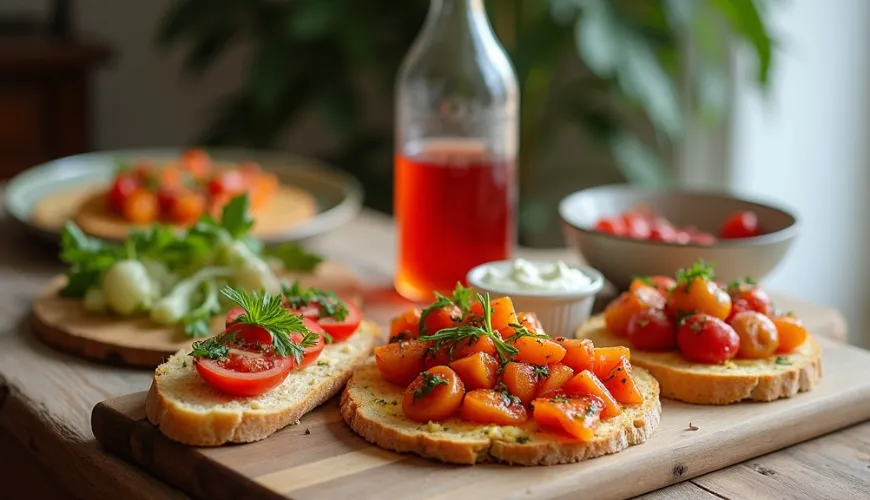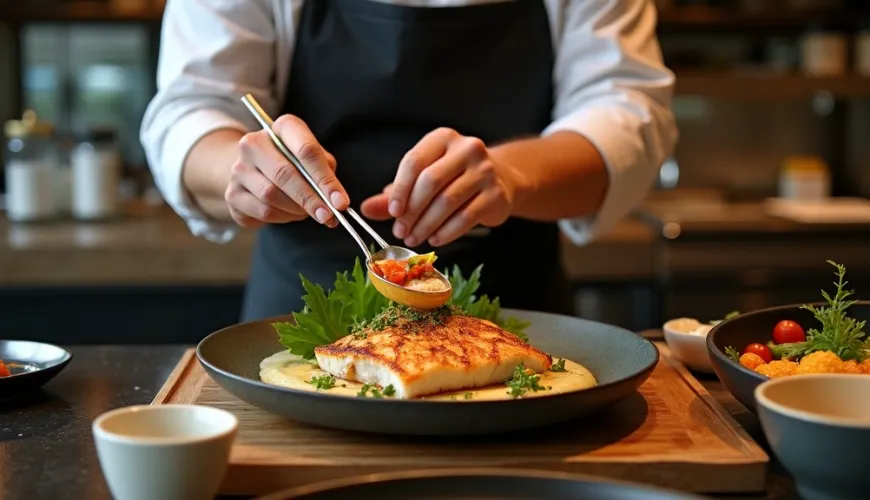
What is tapas and why is sharing food so important

Tapas - Small Portions, Big Experience
In recent years, the word tapas has increasingly appeared not only on the menus of Spanish restaurants but also in conversations among culinary enthusiasts. Yet many still ask: what exactly are tapas? Are they appetizers? Small main courses? Or perhaps just a way of dining? The answer is simple and complicated at the same time – tapas are much more than just food.
What exactly are tapas?
The word tapas comes from the Spanish verb tapar, meaning “to cover." According to one historical explanation, this style of serving food originated from a practical reason – a piece of bread or ham was placed over a wine glass to protect it from flies or dust. From this simple, functional tradition, a cultural institution gradually emerged, which today represents the Spanish lifestyle as strongly as flamenco or siesta.
In today's context, tapas refer to varied small portions of food that are served either as appetizers or as part of a larger experience, where several flavors and dishes are enjoyed throughout the evening. Tapas can be cold or hot, simple or sophisticatedly prepared – from olives and cheese slices to shrimp in garlic or stuffed peppers.
Tapas as a Social Ritual
In Spain, tapas are not just about food. They are a way to spend time with friends and family, to share not only good food but also conversations, laughter, and experiences. This style of dining, sometimes referred to as “tapear," means not just eating but moving from one bar to another, tasting the specialties of each establishment, ordering a glass of good wine or beer, and most importantly – enjoying the atmosphere.
In practice, it might look like this: a group of friends meets in the evening, heads to their favorite tapas bar, orders several small dishes, and shares them among themselves. Once they finish, they move to the next bar – and the whole ritual repeats. This dining style is so ingrained that many cities like Seville, Granada, or San Sebastián are renowned for their tapas culture.
Diversity of Flavors and Regional Specialties
There isn't one universal answer to the question “what is tapas." Spain is a country rich in regional differences, and so tapas vary by region. In Andalusia, you’ll find typical jamón serrano, a dry-cured ham served with olives and cheese. In the Basque Country, pintxos are popular – small portions of food skewered on a piece of bread. In Catalonia, you might encounter pa amb tomàquet, toasted bread rubbed with tomato, garlic, and olive oil.
One example of tapas that has gained popularity beyond Spain is patatas bravas – fried potato pieces served with a spicy tomato sauce. Other popular dishes include gambas al ajillo (shrimp in garlic), tortilla española (potato omelet), albóndigas (meatballs in tomato sauce), or calamares fritos (fried calamari).
Tapas Becoming a Global Trend
Although tapas have deep roots in Spanish culture, their popularity has crossed the borders of the Iberian Peninsula. Worldwide, tapas have become synonymous with relaxed and informal dining with an emphasis on quality and sharing. In many metropolises, from London through Berlin to Tokyo, tapas bars are appearing that focus on authenticity and imaginative presentation.
In the Czech context, tapas are gaining popularity, especially in urban bistros and restaurants focused on Mediterranean cuisine. People appreciate the ability to taste multiple dishes at once, share portions with others, and thus experience food as a social event. At a time when more people are interested in quality ingredients, seasonality, and an ecological approach to food, tapas offer an appealing alternative to the traditional three-course menu.
Tapas at Home? Why Not!
While visiting an authentic tapas bar has its charm, nothing prevents you from creating your own tapas evening at home. All it takes is a few simple ingredients, a bit of creativity, and a desire to experiment. The advantage of tapas is that they do not require complicated preparation or long hours in the kitchen. Many can be prepared in advance and served cold, while others can be made in just a few minutes.
A typical home tapas evening might look like this:
- Bowls of olives, pickled vegetables, or nuts
- Slices of cheese and dry-cured ham
- Pieces of toasted bread with tomato and olive oil
- Small portions of vegetable omelet or roasted peppers
- Fried potatoes with spicy sauce
Add a bottle of quality wine or a carafe of Spanish sangria, and an evening full of flavors and relaxation can begin. This type of dinner is also ideal for gatherings with friends, where everyone brings one specialty, creating a diverse and informal buffet.
Tapas as a Sustainable Way of Eating
From the perspective of modern lifestyle, the concept of tapas also has a surprisingly ecological dimension. Thanks to smaller portions, food waste is reduced, people become more aware of what they eat, and there is often a greater emphasis on seasonal and local ingredients. Shared dining also strengthens relationships and reduces the need for excessive consumption.
An interesting aspect is that tapas often make use of leftover ingredients – such as pieces of vegetables, bread, or legumes – giving them new life in creative combinations. In this sense, tapas beautifully align with the philosophy of zero waste cooking, which aims to minimize waste and improve the relationship with food.
“Tapas are not just food, tapas are a way of life.”
These words, often attributed to Spanish chef Ferran Adrià, succinctly summarize the essence of tapas. It's not just about what's on the plate, but about the overall atmosphere, the process of sharing, and the joy of eating. Tapas teach us to slow down, savor, and be present in the moment – values that gain new meaning in the fast-paced world of modern gastronomy.
So whether you're asking “what are tapas" or are interested in the broader meaning of “what does tapas mean," the answer is: it's a form of food with the ability to connect people, foster creativity, and bring not only flavors but also emotions to the table. And therein lies its true magic.
The next time you find yourself in a restaurant offering tapas, or decide to make some at home, remember that it’s not just about what you put on the plate. It's about with whom, how, and why. Because tapas are not just a dish – tapas is a lifestyle.

